Slit root ball when transplanting?
sorka
16 years ago
Related Stories

GARDENING GUIDESMake Sure You Read This Before Buying New Plants
Follow these 10 plant-selection tips to avoid buyer’s remorse
Full Story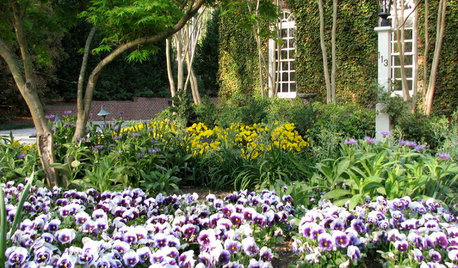
GARDENING GUIDESSoutheast Gardener's October Checklist
When you're not toting houseplants back inside or planting cool-season crops, you can start preparing garden beds for next year
Full Story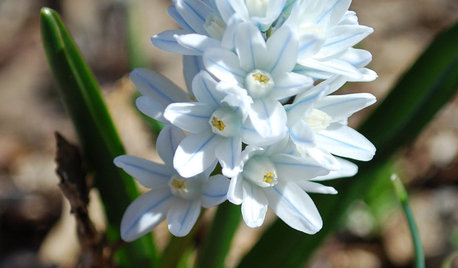
GARDENING GUIDESRocky Mountain Gardener's March Checklist
Ride out fickle weather by forcing flowers, planning indoors and heading outside to spot blooming bulbs when you can
Full Story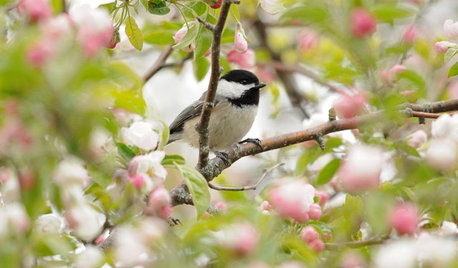
SPRING GARDENINGSpring Gardens Are Waking — Here’s What to Do in March
Excitement fills the air when gardens come back to life. These guides will help you make the most of yours
Full Story
FALL GARDENINGMake This Fall’s Garden the Best Ever
Learn the most important tip for preventing buyer’s remorse, plus get more valuable buying and planting advice
Full Story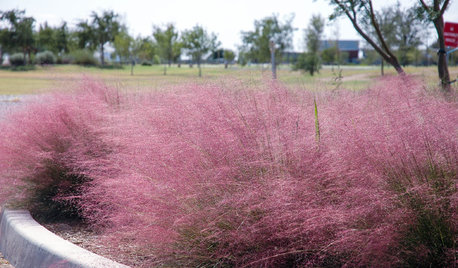
NATIVE PLANTS10 Top Plants Native to the Desert Southwest
Get a thriving garden despite unforgiving conditions with these tough, unthirsty, sun-loving beauties
Full Story
GARDENING GUIDES10 Top Native Plants for the U.S. Southeast
For a low-maintenance and wildlife-friendly landscape, use Southern natives that withstand heat and humidity
Full Story
FALL GARDENING6 Trees You'll Fall For
Don’t put down that spade! Autumn is the perfect time for planting these trees
Full Story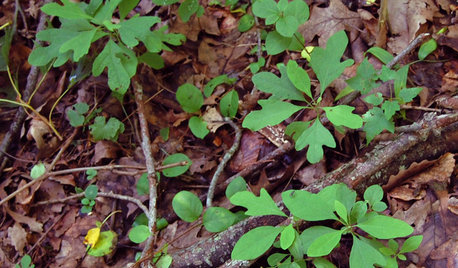
GARDENING GUIDESGreat Design Plant: Sassafras Albidum
This eastern native tree has beautiful foliage, a spicy aroma and a rich history
Full Story
GARDENING GUIDES6 Plants That Beat Butterfly Bush for the Wildlife Draw
It's invasive, a nonnative and a poor insect magnet. Check out these better alternatives to butterfly bush in the garden
Full Story









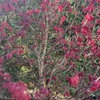
oakhill (zone 9A, Calif.)
Embothrium
Related Professionals
Bowie Landscape Contractors · East Chicago Landscape Contractors · Florham Park Landscape Contractors · Gresham Landscape Contractors · Lynchburg Landscape Contractors · Nashua Landscape Contractors · Oak Forest Landscape Contractors · Winchester Siding & Exteriors · Beaumont Siding & Exteriors · Malden Siding & Exteriors · Manassas Siding & Exteriors · Worcester Siding & Exteriors · Layton Decks, Patios & Outdoor Enclosures · Redlands Decks, Patios & Outdoor Enclosures · Salisbury Decks, Patios & Outdoor Enclosuresoakhill (zone 9A, Calif.)
Embothrium
sorkaOriginal Author
sorkaOriginal Author
Embothrium
ken_adrian Adrian MI cold Z5
gardengal48 (PNW Z8/9)
sorkaOriginal Author
rhizo_1 (North AL) zone 7
sorkaOriginal Author
Embothrium
sam_md
Embothrium
sorkaOriginal Author
sorkaOriginal Author
sorkaOriginal Author
spruceman
spruceman
lou_spicewood_tx
Embothrium
sam_md
lou_spicewood_tx
ken_adrian Adrian MI cold Z5
sorkaOriginal Author
rcnaylor
ken_adrian Adrian MI cold Z5